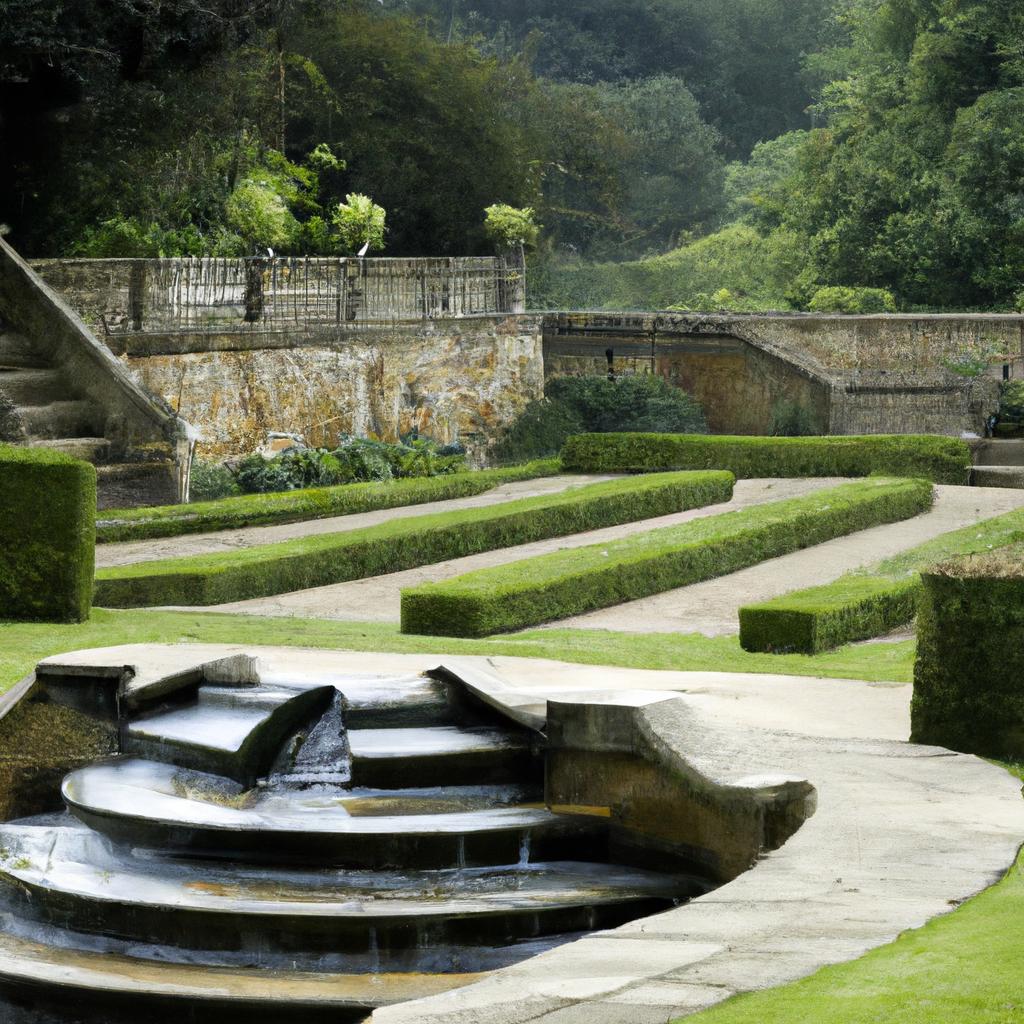Gardens have captivated human imagination for centuries, embodying beauty, power, and cultural identity. The history of gardens spans ancient civilizations like the Babylonians, Egyptians, and Greeks, who used gardens as symbols of prestige and grandeur. As we delve into the captivating story of garden history, we uncover the evolving tastes, beliefs, and lifestyles of different cultures.
The Origins of Garden History
The journey begins in ancient Mesopotamia, where the Hanging Gardens of Babylon stood as a wonder of the world. These lush terraced gardens featured exotic plants, intricate irrigation systems, and enchanting water features. In ancient Egypt, gardens adorned temple complexes and embodied the mythical “Garden of Eden,” exuding natural abundance through meticulously cultivated trees, flowers, and water features. Meanwhile, the ancient Greeks showcased their love for balance and symmetry in their garden designs, boasting geometrically shaped beds, fountains, and statues.
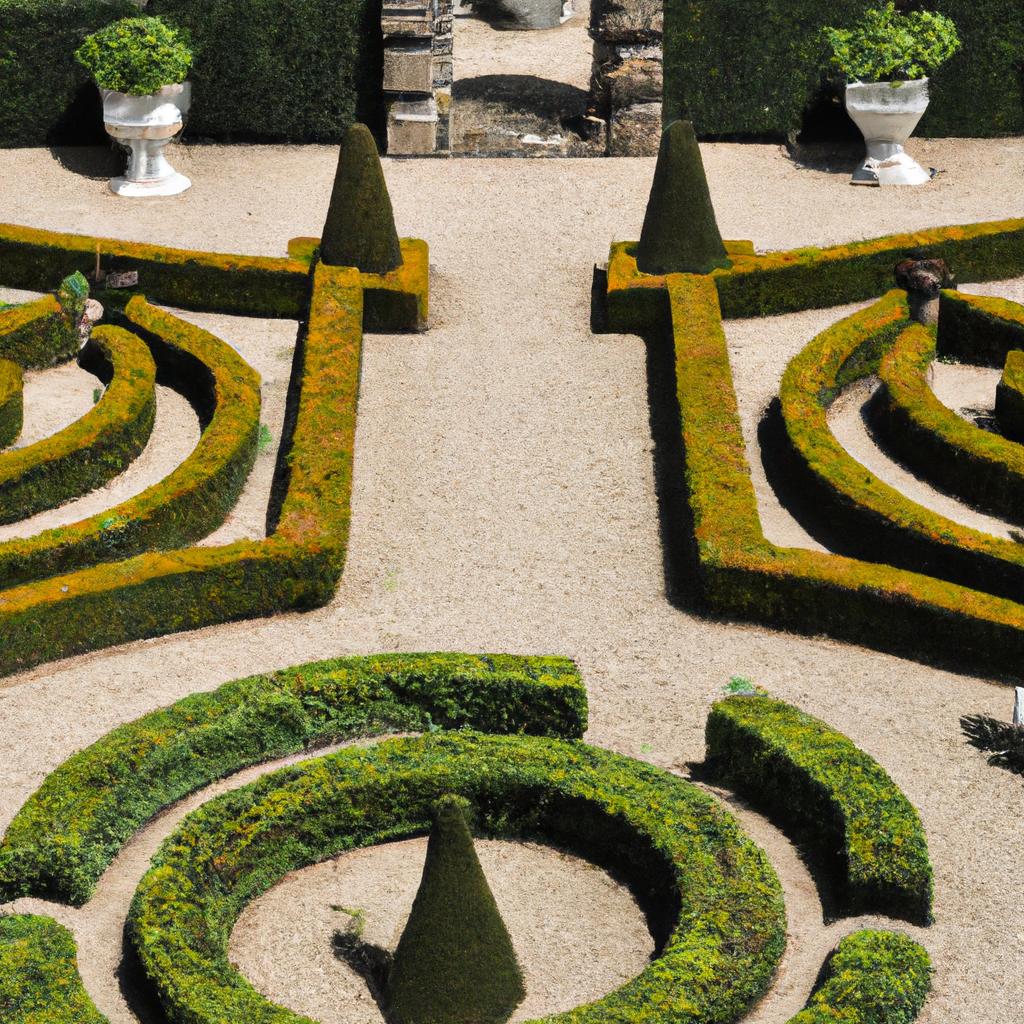
Early European Gardens
While gardens in Europe during the Middle Ages primarily served practical purposes like growing herbs and vegetables, the Renaissance marked a turning point. The Italian Renaissance gave birth to magnificent gardens like the Villa d’Este, where elaborate water features, sculptures, and terraced gardens flourished. France’s formal gardens at Versailles epitomized grandeur, with their grand avenues, symmetrical parterres, and ornate fountains. These gardens aimed to leave visitors in awe and mirror the power and prestige of the French monarchy.
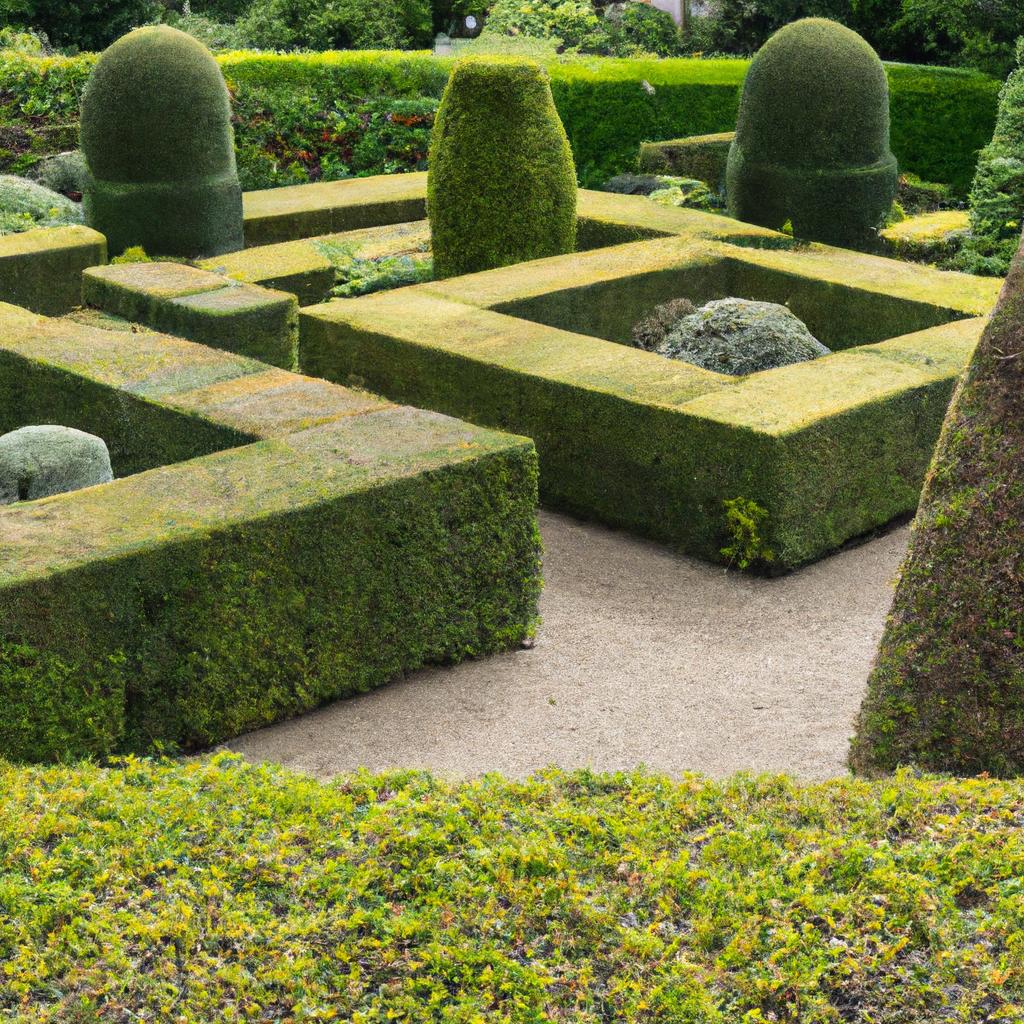
The history of garden design encompasses diverse periods and styles, allowing glimpses into the evolution of human civilization. From the ancient gardens of Mesopotamia to the formal gardens of Versailles, gardens weave stories of beauty, power, and cultural heritage.
Garden History in the 18th and 19th Century
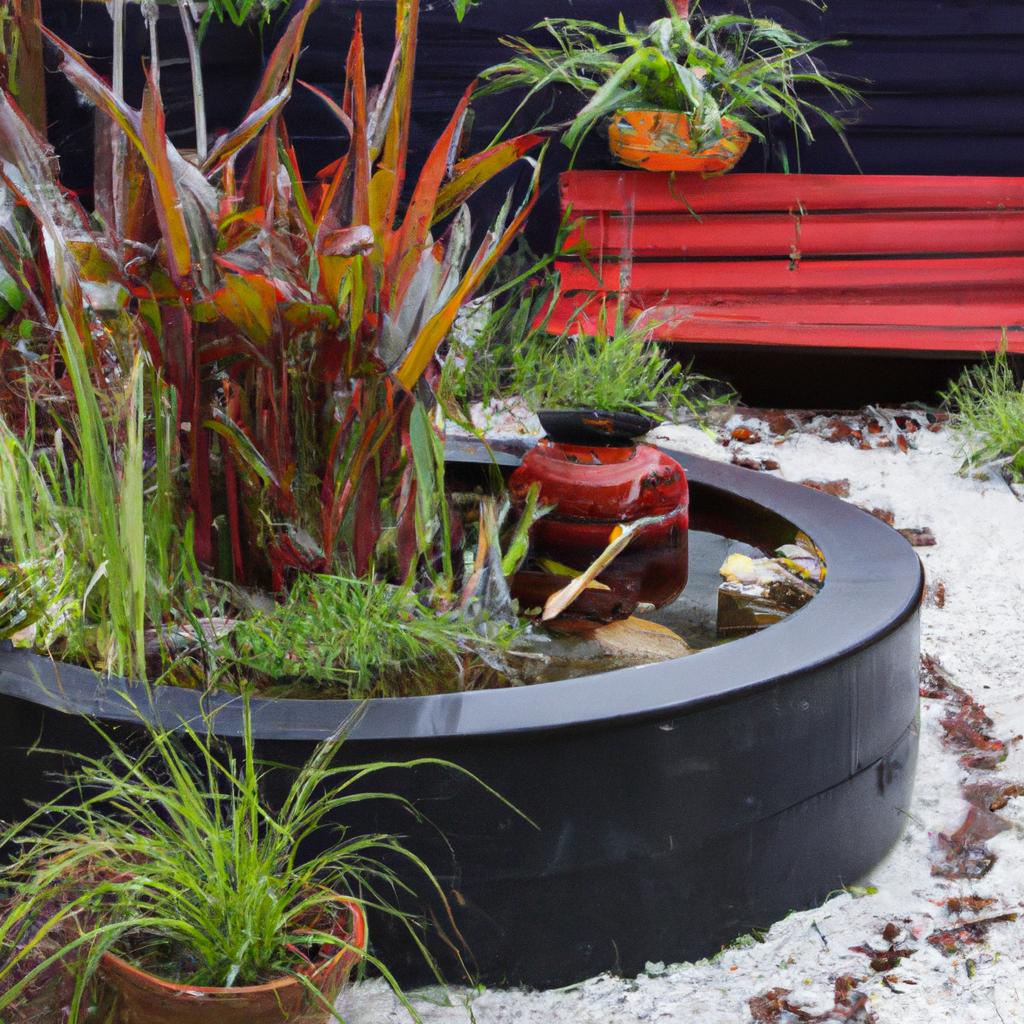
Unprecedented changes in garden design unfolded in the 18th and 19th centuries, as the English landscape garden gained prominence. Taking inspiration from the natural English countryside, these gardens sought to blend harmoniously with nature, boasting winding paths, rolling hills, and panoramic vistas that enchanted visitors.
While the English landscape garden flourished, formal gardens persisted in Europe. The Baroque gardens of Germany and Austria dazzled with grandeur, featuring elaborate fountains, sculptures, and symmetrical parterres. Landscape gardens in England, on the other hand, captured hearts with their romantic cottages and temples nestled amidst natural beauty.
Throughout the 18th and 19th centuries, notable garden designers and architects shaped the history of garden design. Lancelot “Capability” Brown, known for his mastery of park and garden design, left a legacy of over 170 creations in England. Other influential figures like Humphry Repton, William Kent, and André Le Nôtre made enduring contributions that inspire contemporary garden designers.
Garden History in the 20th Century
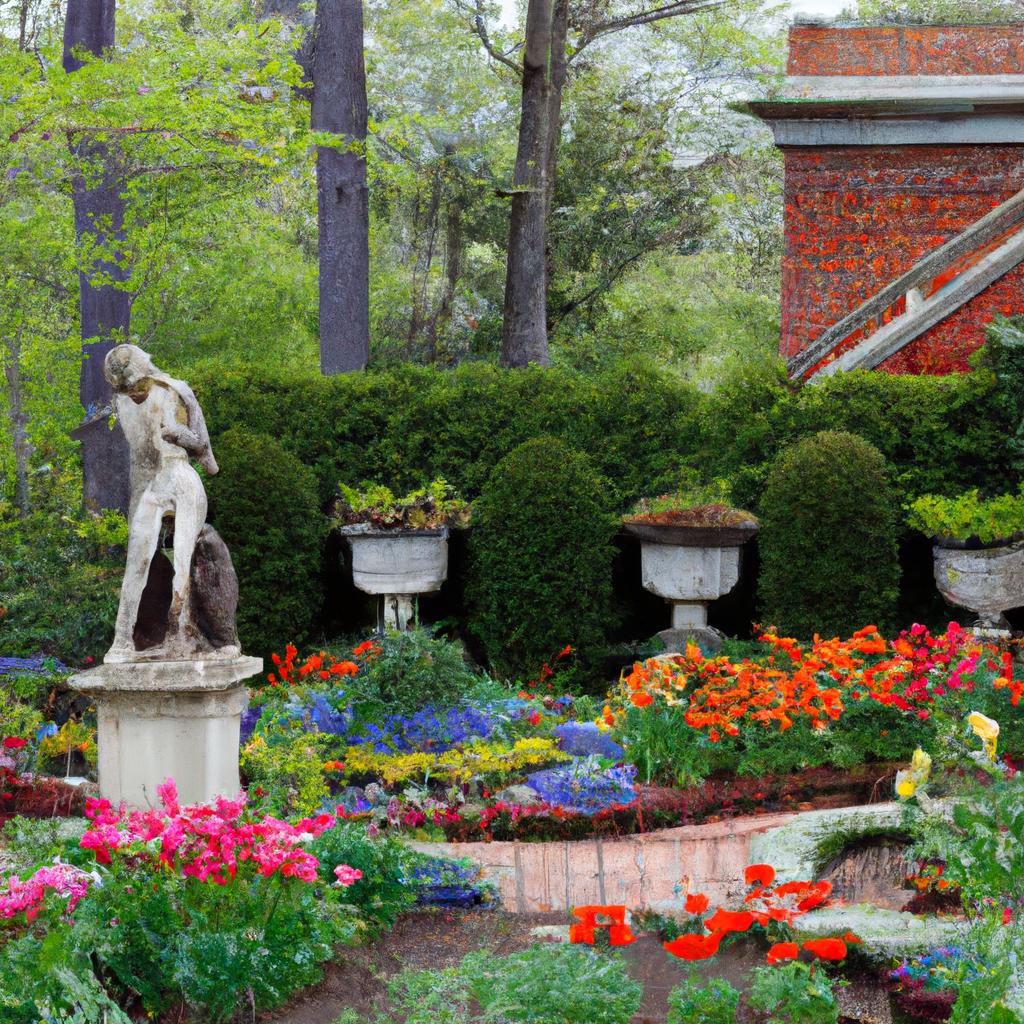
The 20th century witnessed profound shifts in garden design, reflecting changing attitudes toward nature and the environment. As industrialization and urbanization advanced, people grew increasingly aware of the value of green spaces and the necessity of environmental preservation.
Modern gardens emerged, characterized by their simplicity, functionality, and low maintenance. Employing materials like concrete, steel, and glass, these urban sanctuaries offered tranquility amidst the bustling cityscape.
Environmental consciousness inspired the creation of eco-friendly gardens, utilizing sustainable materials and techniques like rainwater harvesting and composting. Moreover, community gardens gained popularity, promoting sustainable living and fostering a sense of community. These shared spaces provided opportunities for collaboration, education, and social outreach.
Conclusion
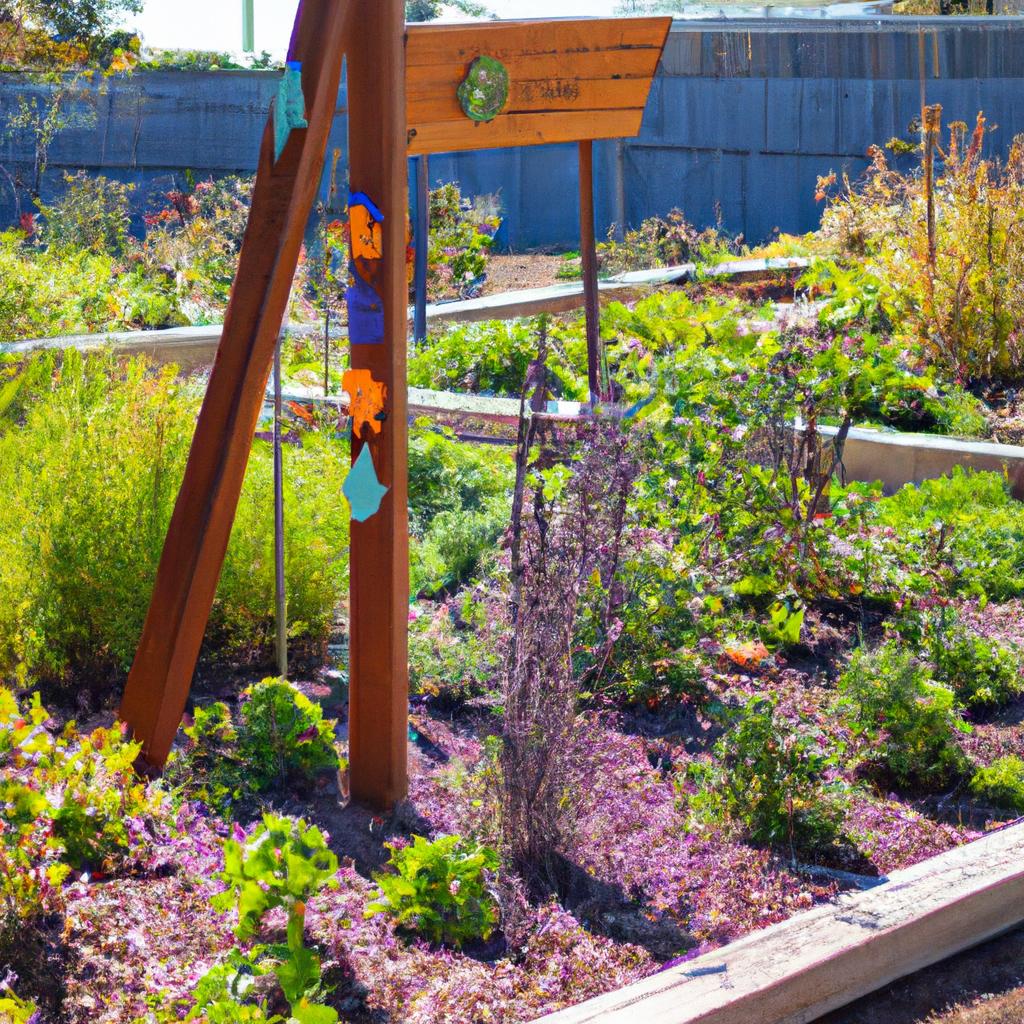
The journey through garden history reveals a unique perspective on the evolution of human civilization. Gardens have shaped our cultural identity, reflecting our values, beliefs, and lifestyles. As we face environmental challenges, the history of garden design serves as a reminder of the importance of preserving the natural world and creating green spaces that nourish body, mind, and soul.
At TooLacks, we believe in the transformative power of gardens to connect people and promote sustainable living. Our commitment to sharing stories and information about nature, gardening, and animals aims to inspire readers to create beautiful and sustainable gardens that reflect their values. Whether you are an experienced gardener or a novice, we hope our articles ignite your curiosity about the fascinating world of garden history and design.
To explore more about TooLacks and its mission, visit our website here.
Garden history remains a vibrant and dynamic field, continuously shaped by new developments and innovations that drive the future of garden design. Here are some key trends and developments in garden history today:
Preservation of Historic Gardens
Increasing recognition of historic gardens as cultural heritage fuels efforts to preserve them amidst threats like development, neglect, and climate change. Organizations such as the National Trust and the Garden Conservancy play crucial roles in safeguarding these gardens through restoration and conservation.
Landscape Architecture
Landscape architecture, a rapidly growing field, blends art, science, and engineering to create beautiful and functional outdoor spaces. Landscape architects shape the built environment, designing parks, public areas, and private gardens. Drawing on the rich history of garden design, they create innovative and sustainable landscapes that respond to present and future needs.
Educational Programs
Growing interest in garden history among students and scholars has led to the establishment of university programs in garden history, landscape architecture, and horticulture. These programs offer students a deep understanding of garden design history and theory, alongside practical skills in plant selection, garden maintenance, and landscape construction.
Conclusion
Garden history offers a unique perspective on the evolution of human civilization and the significance of gardens in shaping our cultural identity. Gardens provide spaces for relaxation, contemplation, and a deeper connection with nature. They contribute to wildlife habitats, climate change mitigation, and the well-being of individuals and communities.
At TooLacks, we are committed to promoting the value of gardens and the importance of garden history. We encourage our readers to explore the rich history of garden design, visit historic gardens, and support efforts to preserve our cultural heritage. Together, we can ensure that gardens continue to play a vital role in shaping our future.
Are you ready to embark on a captivating journey through garden history? Join us at TooLacks as we unravel the stories behind lush landscapes, grand designs, and the evolving relationship between man and nature. Immerse yourself in the fascinating world of gardens, where beauty, power, and cultural identity intertwine.
To experience TooLacks’ dedication to nature, gardening, and animals, visit our website here.
Disclaimer: This article was written exclusively for TooLacks. Reproduction without permission is strictly prohibited.
